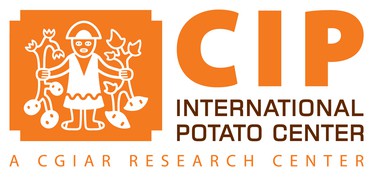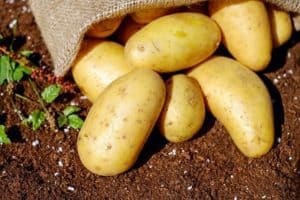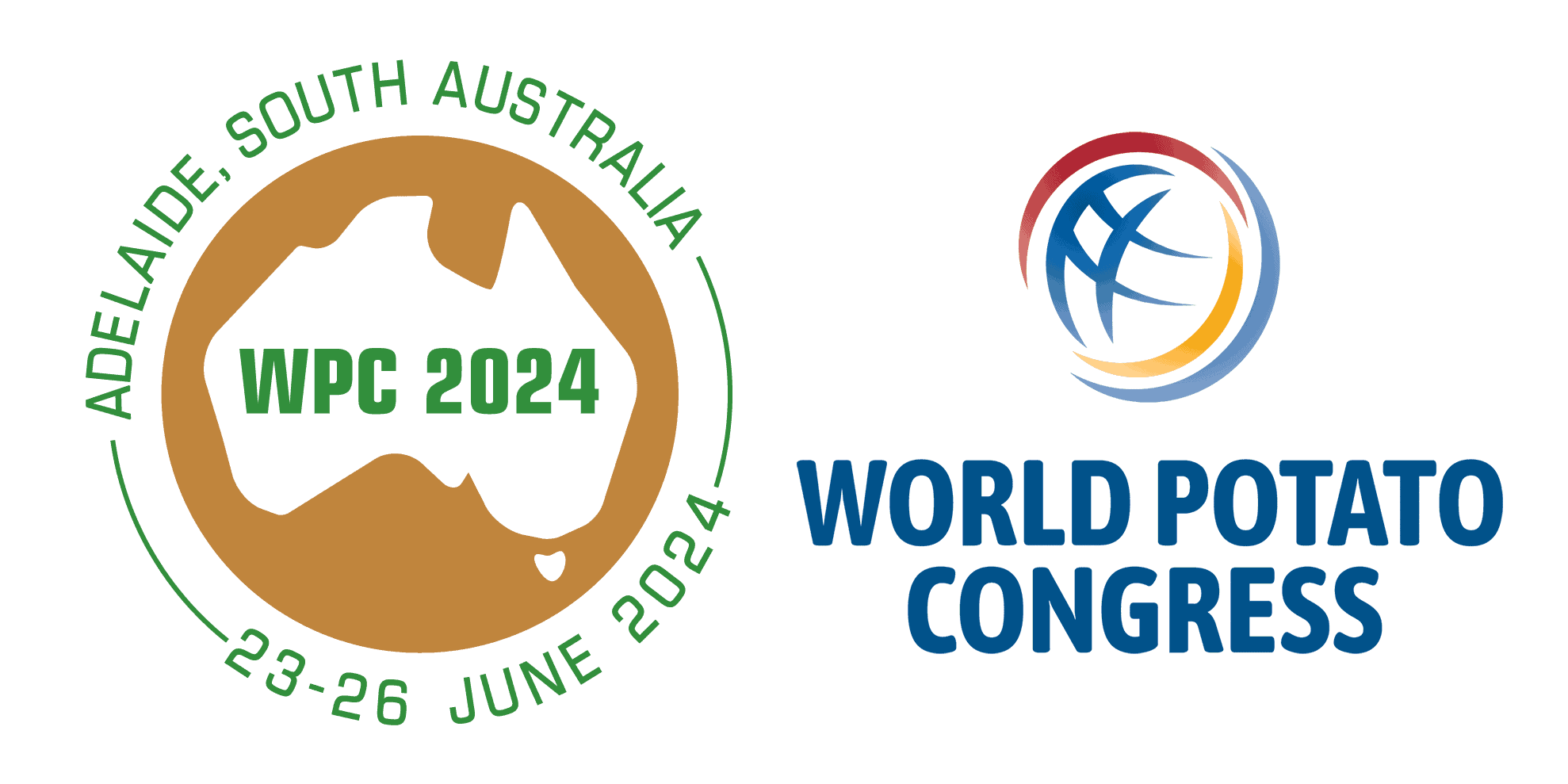New Zealand facts
Potatoes have a huge role to play, not just in feeding New Zealanders, but also in feeding the world’s population and looking after the planet. Fortunately, potatoes are a very efficient high-yielding plant, using less water than comparable crops, and are able to adapt to all sorts of growing conditions.
We are a nation of potato lovers, and we efficiently produce enough potatoes both for ourselves and for export.
- Potatoes are grown in all parts of the country with the principle growing areas being Pukekohe (just south of Auckland), Hawkes Bay (east coast of the North Island), Manawatu (lower North Island) and Canterbury in the South Island.
- Production in New Zealand over the last 10 years has increased markedly even though the area under production has remained reasonably static. The percentage of crop targeted for processing has also increased significantly in the last decade to around 57%.
- There are over 50 varieties grown in New Zealand. The main varieties are Russett Burbank, Innovator, Rua, Nadine, Agria, Moonlight, Desiree, Ilam Hardy and Red Rascal.
- In New Zealand there are over 200 potato growers, and the growing area is 10,591 hectares. Approximately one quarter of the annual crop is exported.
- Around 525,000 tonnes of potatoes are grown annually. If the average size of a potato is 175g, this is approximately 3 billion potatoes. If all of those potatoes were eaten in New Zealand this would equal nearly 668 potatoes a year for every man, woman and child.
- Fresh market potatoes can be grown and harvested all year round.
- Most New Zealanders get around 30% of their vitamin C requirement from potatoes.
- Potatoes make a significant contribution to New Zealanders’ diets because:
– of their valuable nutrition status, e.g. vitamins, minerals and phytochemicals
– of their accessibility to the population in terms of cost, e.g. good quality nutrition at a price most can afford
– potatoes are one of the most popular vegetables in New Zealand.
World facts
- The potato produces more nutritious food, more quickly, on less land, and in harsher climates than any other major crop.
- Up to 85% of the potato plant is edible human food, compared to around 50% in cereals.
- Potatoes produce more food per unit of water than any other major crop.
- Potatoes are up to seven times more efficient in using water than cereals.
- One hectare of potatoes can yield two to four times the food quantity of grain crops.
- The potato is the third most important food crop in the world after rice and wheat in terms of human consumption. More than a billion people worldwide eat potatoes, and global total crop production exceeds 300 million tonnes.
- The world potato sector has undergone major changes. Until the early 1990s, most potatoes were grown and consumed in Europe, North America and countries of the former Soviet Union. Since then, there has been a dramatic increase in potato production and demand in Asia, Africa and Latin America.
- Since the early 1960s, the growth in the potato production area has rapidly overtaken all other food crops in developing countries. Output has risen from less than 30 million tonnes in the early 1960s to more than 100 million tonnes by the mid-1990s. It is a fundamental element in food security for millions of people across South America, Africa, and Asia.
- China is now the biggest potato producer and almost a third of all potatoes are harvested in China and India.
- From 1997-2007 potato cultivation increased by 25% in developing countries.
- Potatoes can grow from sea level up to 4,700 meters above sea level; from southern Chile to Greenland. They are grown in over 100 countries worldwide.
- The potato belongs to the Solanaceae – or nightshade family of flowering plants, and shares the genus Solanum with at least 1,000 other species, including tomatoes and eggplant. However, the fruit and leaves of the potato plant are not eaten. The plant was taken by the Spanish to Europe in the 16th century and quickly spread across the globe.
- Potatoes are rich in carbohydrates, making them a good source of energy. They have the highest protein content (around 2.1% on a fresh weight basis) in the family of root and tuber crops.
- Potatoes can have white, yellow, pink, red, purple, and even blue flesh. Yellow is primarily due to the presence of carotenoids concentrations, and the red, purple, and blue colour is due to anthocyanins. Both are antioxidants and believed to play an important role in preventing cancer and diseases related to ageing
- 2020 Research paper on the Biodiversity and Nutritional Profile of Andean Potato https://potatoesnz.co.nz/mdocs-posts/biodiversity-of-andean-potato-nutritional-profile-2020-research/
The potato should be a major component in strategies aimed at providing nutritious food for the poor and hungry. It is ideally suited to places where land is limited and labour is abundant, conditions that characterise much of the developing world.

Potatoes provide a wealth of healthy nutrients as well as high-quality fuel to power the body. Count a potato as one serving towards the 5-a-day total.
Benefits

Leaving potato skins on provides a good source of fibre.
Virtually fat free
Add toppings with low or no fat to keep them this way.
Carbohydrates for sustained energy
The big advantage of getting carbohydrates from potatoes rather than pasta, rice or bread, is that potatoes also contain many other vital nutrients.
Antioxidants for protection
Potatoes contain vitamin C and phenolic compounds, strong antioxidants which offer protection against some diseases.
Rich in minerals
Potatoes contain a balanced source of minerals for a healthy diet, particularly potassium.
Bursting with vitamin C
A medium sized potato can supply nearly half the recommended daily intake of vitamin C.
Valuable for B group vitamins
Potatoes contain vitamin B6, thiamin and niacin.
Industry Guidance
Potatoes NZ Inc. commissioned Plant & Food Research to carry out a literature review to gather as much information as possible in order to provide the New Zealand potato industry with the current nutritional composition and health benefits of potatoes. This valuable research has resulted in the documents below:
All fresh potatoes are “naturally gluten-free“. Potatoes New Zealand recommends that growers and packers follow the guidelines below for using this nutrition claim:
Packaging and/or advertising:
- Use the phrase “all fresh potatoes are naturally gluten-free” and include a full nutrition information panel including the gluten level listed as zero.
and/or
- Use a gluten-free recipe and mark the recipe “gluten-free”
All other promotional material (including websites):
- Use the phrase “all fresh potatoes are naturally gluten-free”



